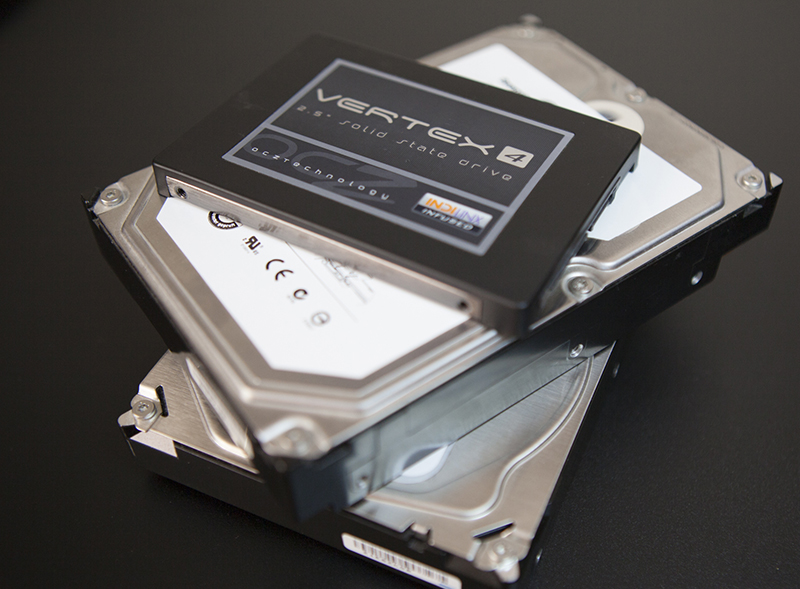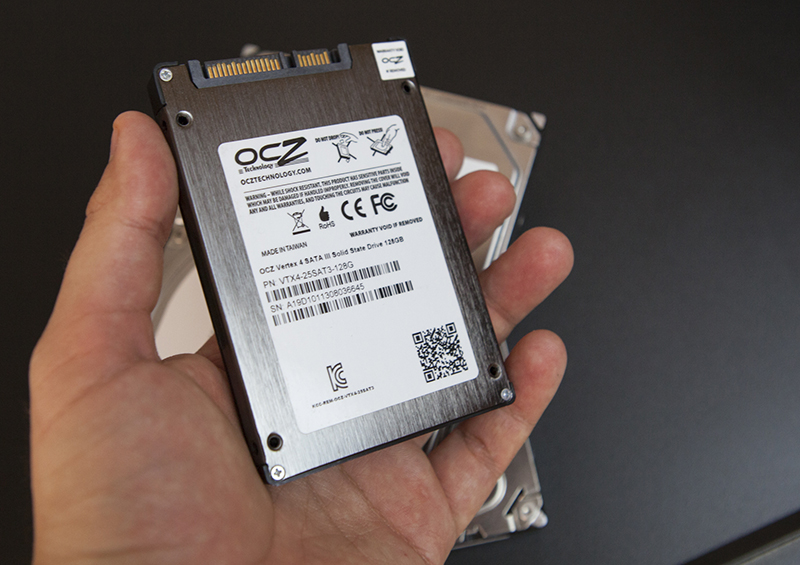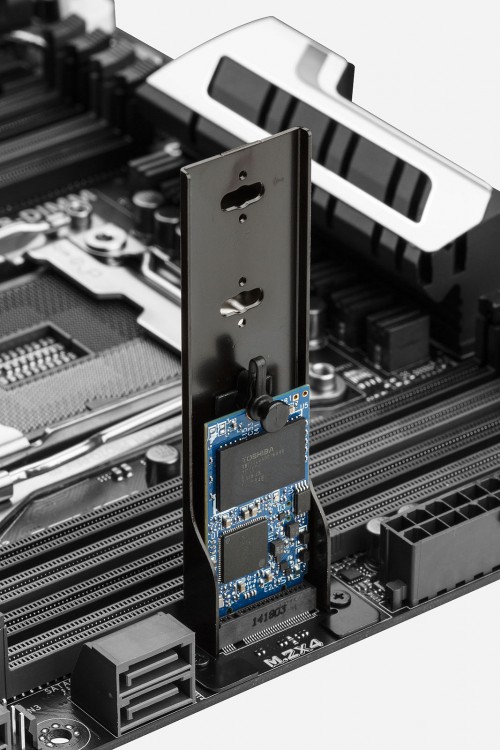How to Install a Hard Disk in Computer Desktop PC – Step By Step Guide
We may at some point notice that our computer is too full of data (and we have to resort to using external hard drives or pen drives to extract data) or that we cannot install applications, games or work with large files for lack Of space.
Maybe it’s the best time to consider purchasing a new internal hard drive. These components allow expanding the storage space of the computer, in many cases, without having to modify anything in the current equipment. We help you do it step by step.
How are the internal hard drives and where are they located?
Installing an internal hard drive is simple and can be done by any user who dares and has the right tools (which are usually limited to a simple screwdriver).
The current hard disks use a data interface called SATA III, which is capable of reaching a transfer speed of 6Gbps, that is to say, a theoretical limit of about 700 MB/s of data flow.
Usually, hard drives have different sizes and different capacities, depending on the equipment where we plan to install it. The most popular hard drives are the mechanics that use magnetic plates to store information, typically 3.5 inches, which currently usually have 1 or 2 TB of storage capacity.
The internal hard drives for laptops are somewhat smaller in size; they remain in 2.5 inches specifically, and, interestingly, they are the same ones that are usually used to make the external hard drives that are so successful now.
The capacity is generally similar to that of larger internal discs, although the price is often somewhat higher than these models.
Finally, we find more recent models of hard drives, such as SSD (solid-state drives) or M.2. This type of discs are large pen drives: they do not use mechanical disks inside, but flash memory.
They are much faster than mechanical disks, have a smaller physical size (typically 2.5 inches) and a lower capacity much less than mechanical disks (it is rare to see 1TB SSDs). They are also somewhat more expensive.
SSDs can be used both on desktops and laptops thanks to their small size and work with a SATA connector, while M.2 disks, being “memory sticks,” are usually used in new generation laptops or Ultrabooks and have their connector.
There are also hybrid hard drives that, in the same body, include an SSD hard disk and a mechanical hard disk, with the ability to use the SSD disk as the place to dump the main data load (and to make the system more fluid) and the mechanical drive to store most of the remaining data.





No comments:
Post a Comment